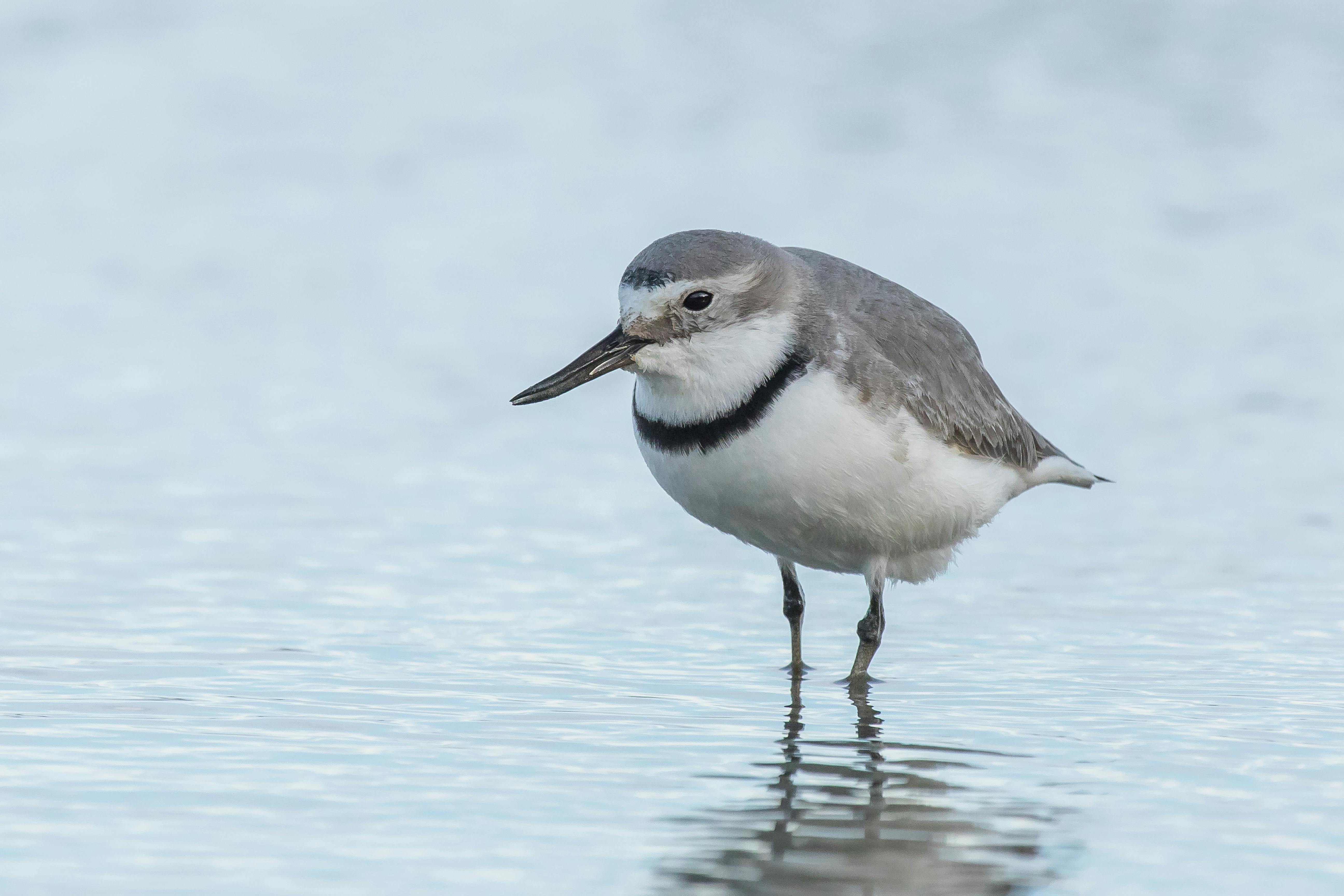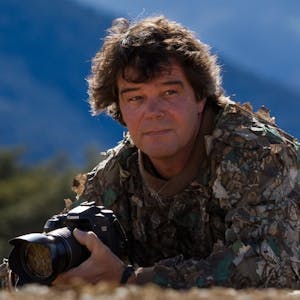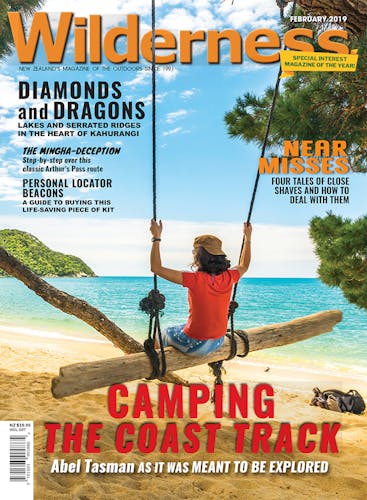A unique bill on this bird provides the perfect tool for its chosen habitat.
The wrybill (ngutu pare) is the only bird in the world that possesses a laterally-curved bill and what’s more, it always points to the right. This feature enables it to reach insect larvae under rounded riverbed stones.
Conservation status
Endemic species classified as ‘nationally vulnerable’.
Features
The wrybill is a small bird at 20cm long and weighing around 55g, which is about the same size as a banded dotterel. Their underparts are white with a very obvious black band on the upper breast. The body and sides of the face are grey to blend in with the shingle of South Island riverbeds in which they nest and breed. Both sexes are alike with the juveniles lacking the breast band. The last third or so of the black bill has that lateral bend.
Call
When alarmed, wrybill emit a ‘chip’ call that turns into a rapid ‘churring’ sound when they chase off intruders or other wrybill. They also have a quiet grating noise when communicating with chicks.
Bird spotting tip
Being such a small bird and usually inhabiting large, wide open areas, a good pair of binoculars are pretty much a must to track them down. At a distance, they can be confused with banded
dotterels so remember to look for the right bending bill.
Diet
A wide range of aquatic invertebrates, but predominantly mayfly and caddis fly larvae are consumed. During winter, their diet changes slightly to include a range of small marine and shoreline invertebrates, small molluscs and insects along with the occasional small fish.
Nesting
South Island braided riverbeds is the only habitat where wrybill nest. The majority of these locations are in Canterbury and north Otago. The nest is a simple scrape in the gravel lined with small stones. A pair of birds may lay a replacement clutch of eggs if the first clutch is lost due to predators, floods or inclement weather. Some birds will successfully rear two clutches if they lay the first early enough in the season. Newly-hatched chicks can hunt for food and swim if necessary within hours of hatching.
Feathery Fact
The wrybill is an ‘internal migrant’. After breeding in the South Island river beds, most of the population migrates north to winter in the northern North Island in places like the Firth of Thames and Manukau Harbour.








